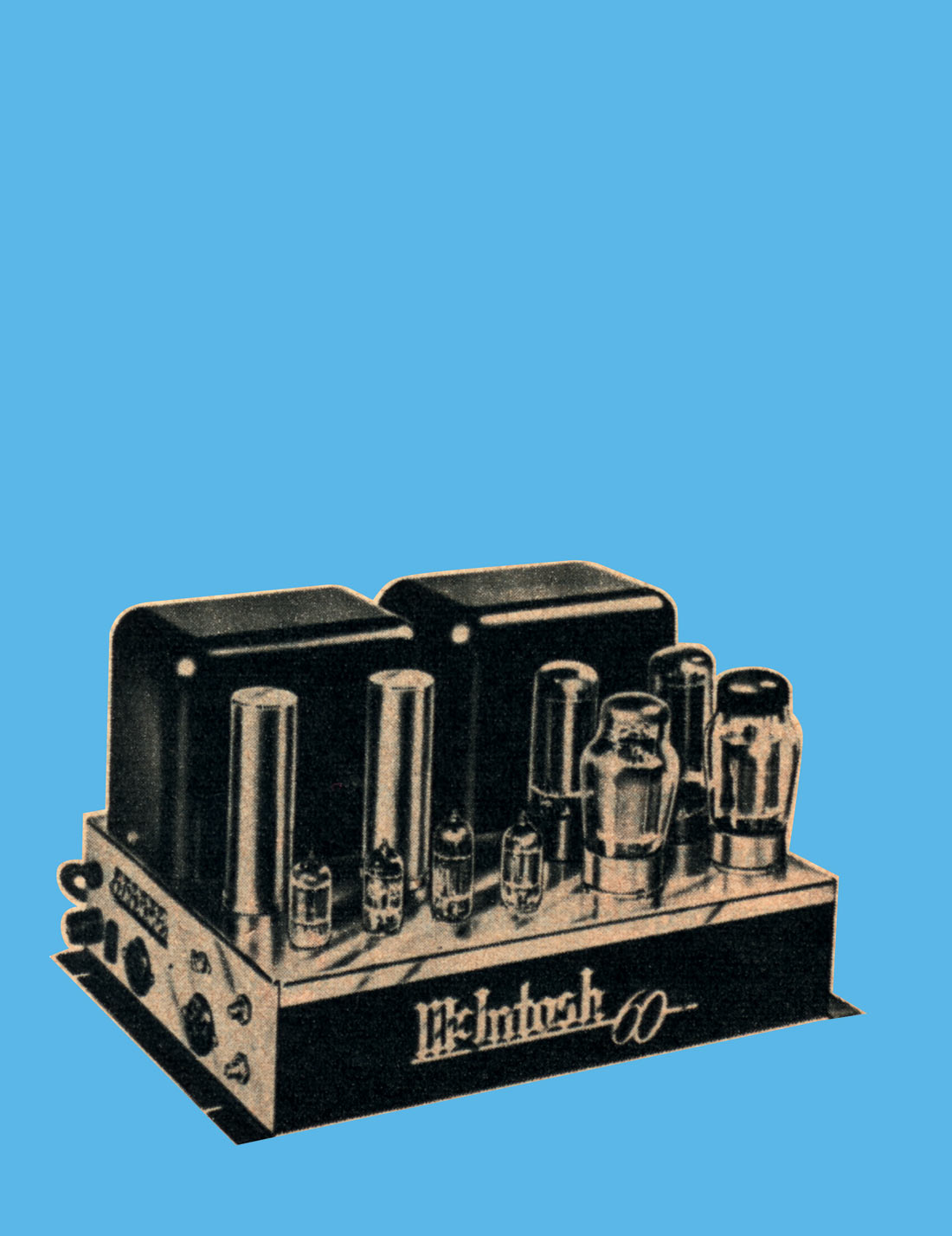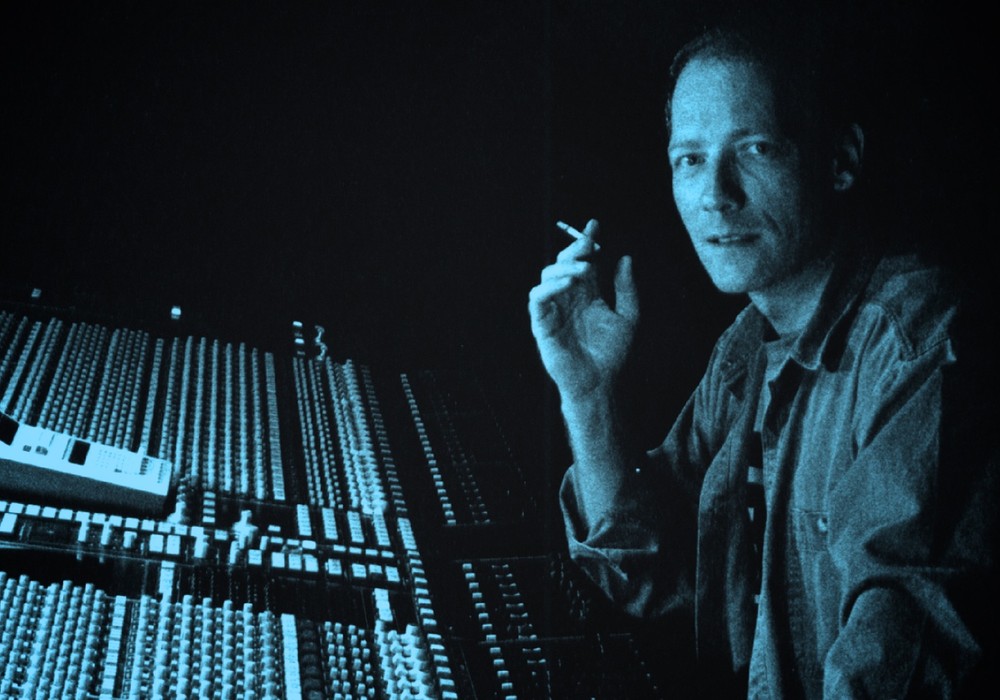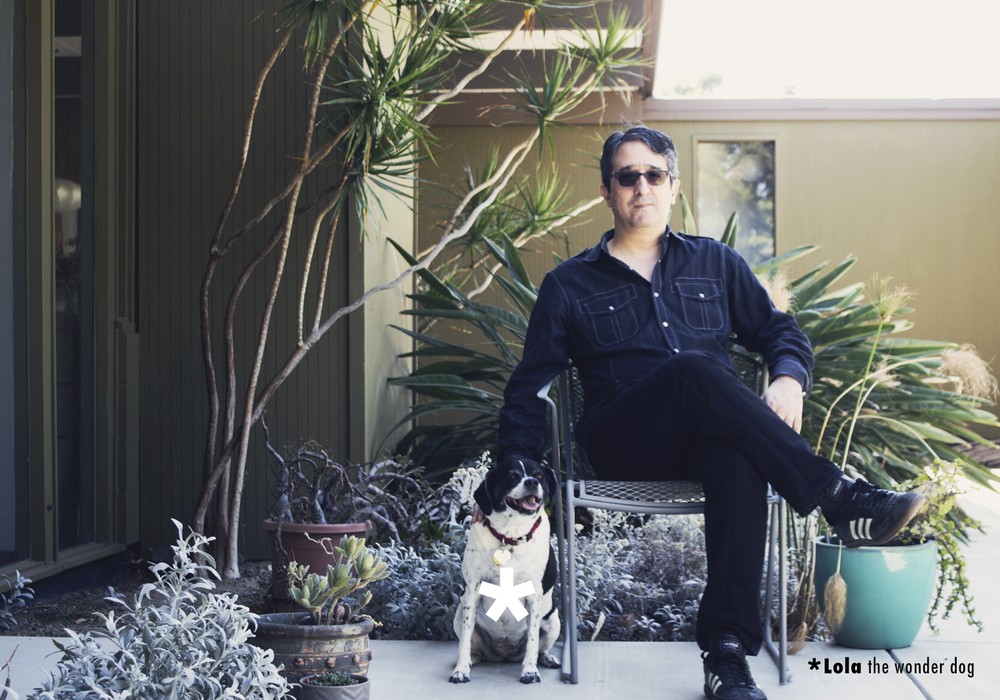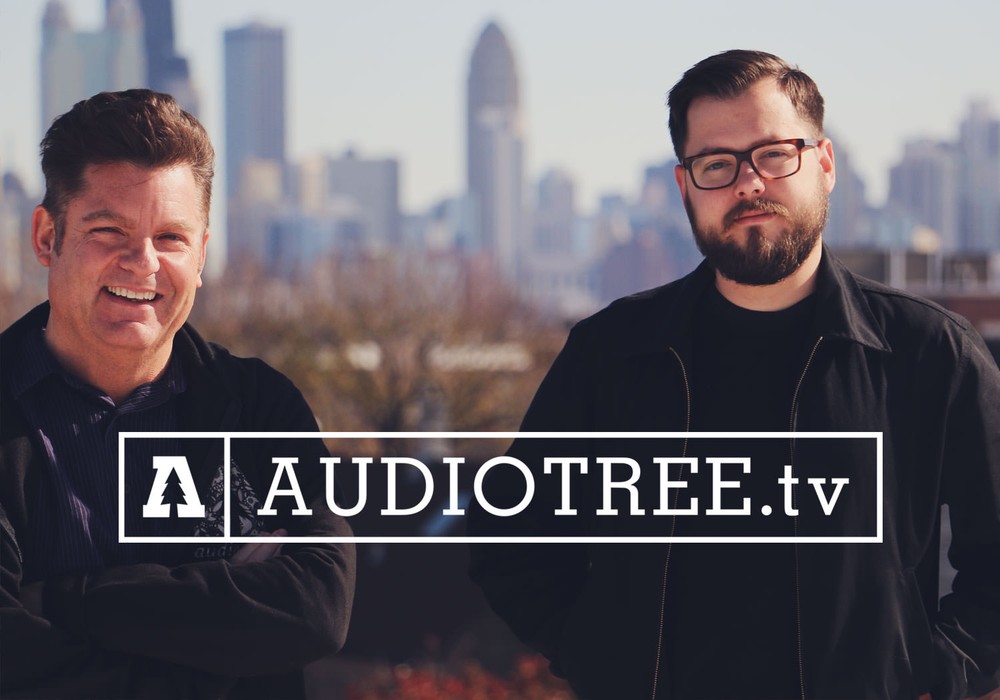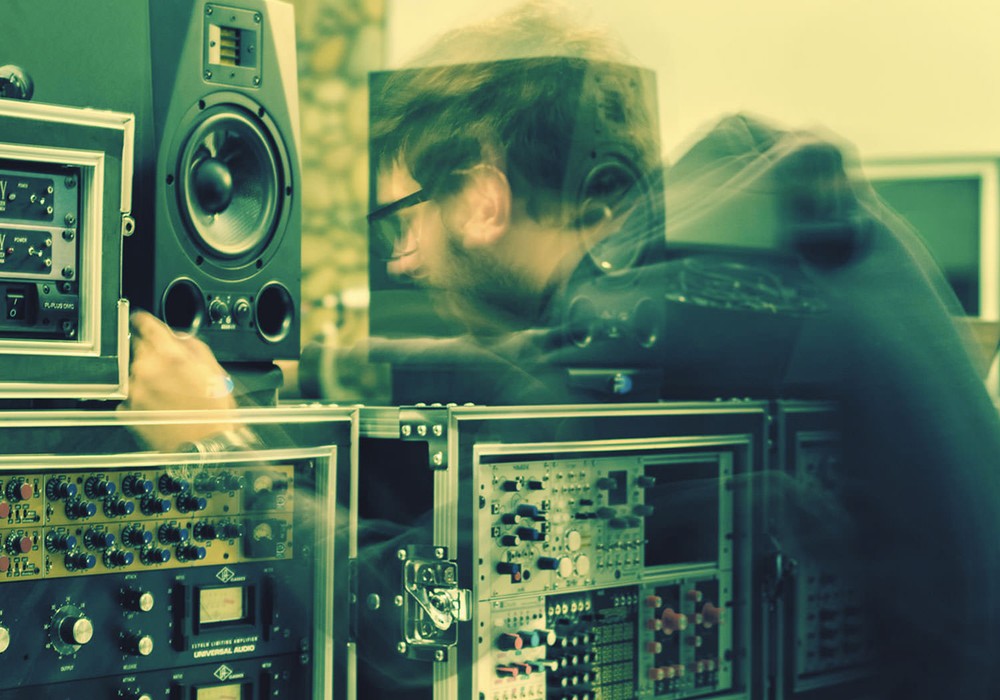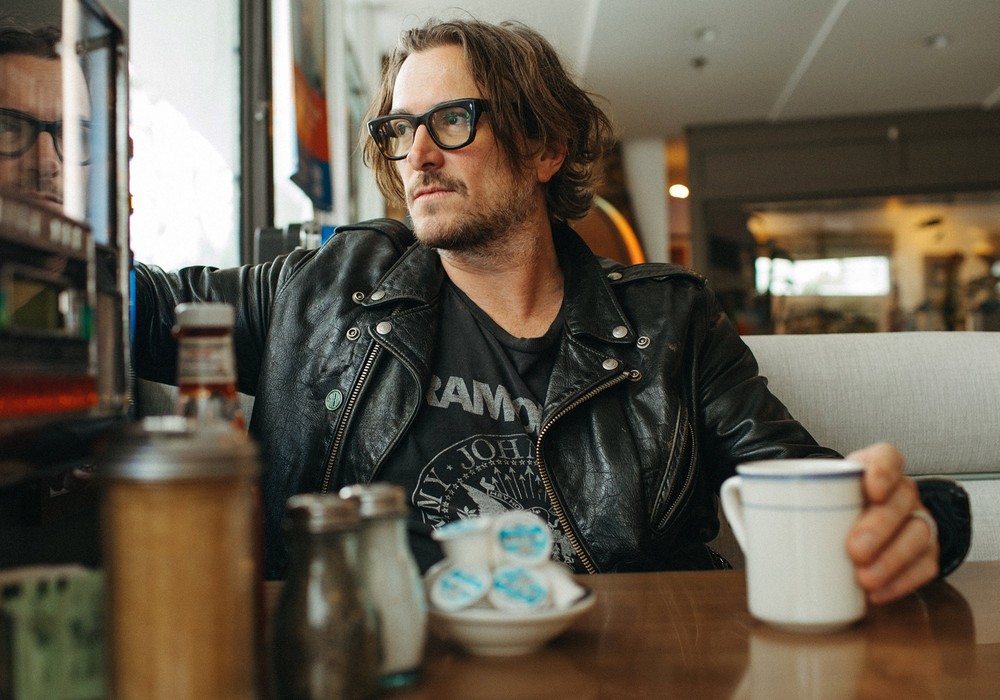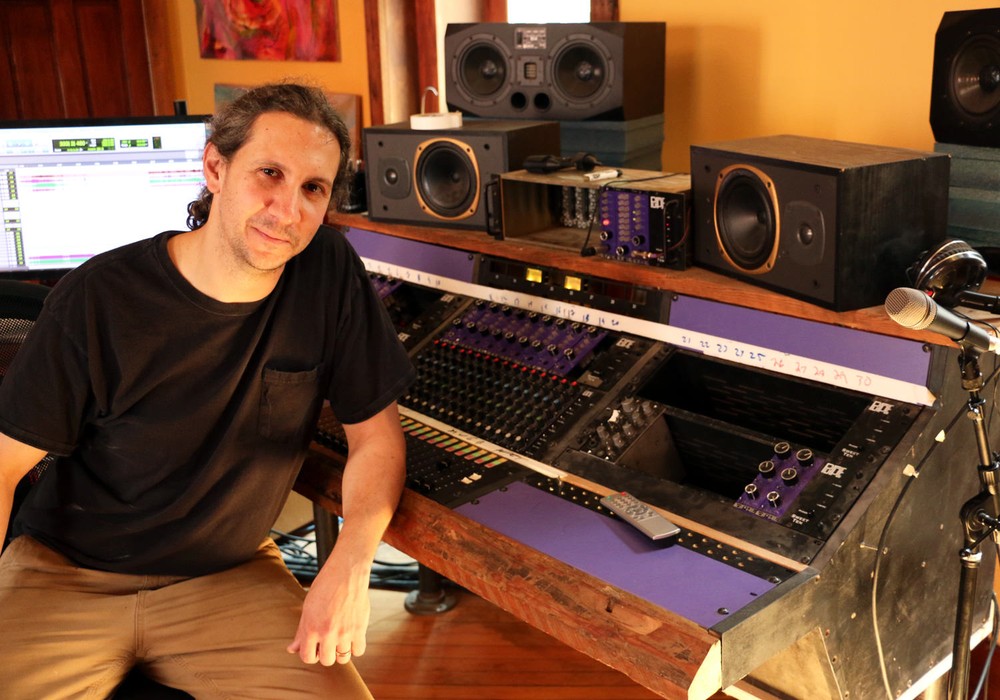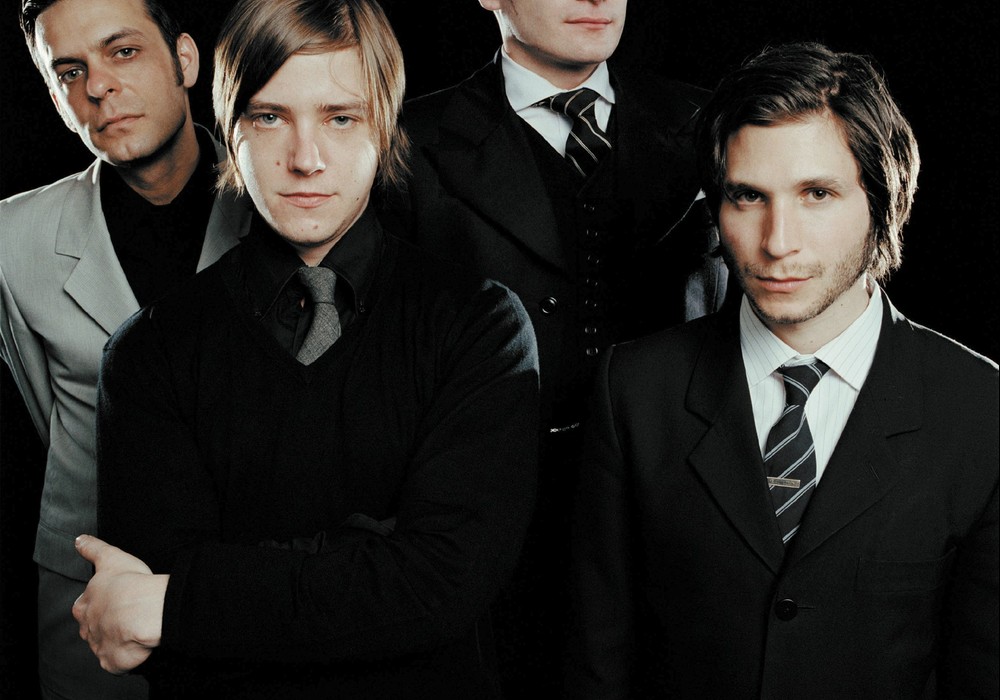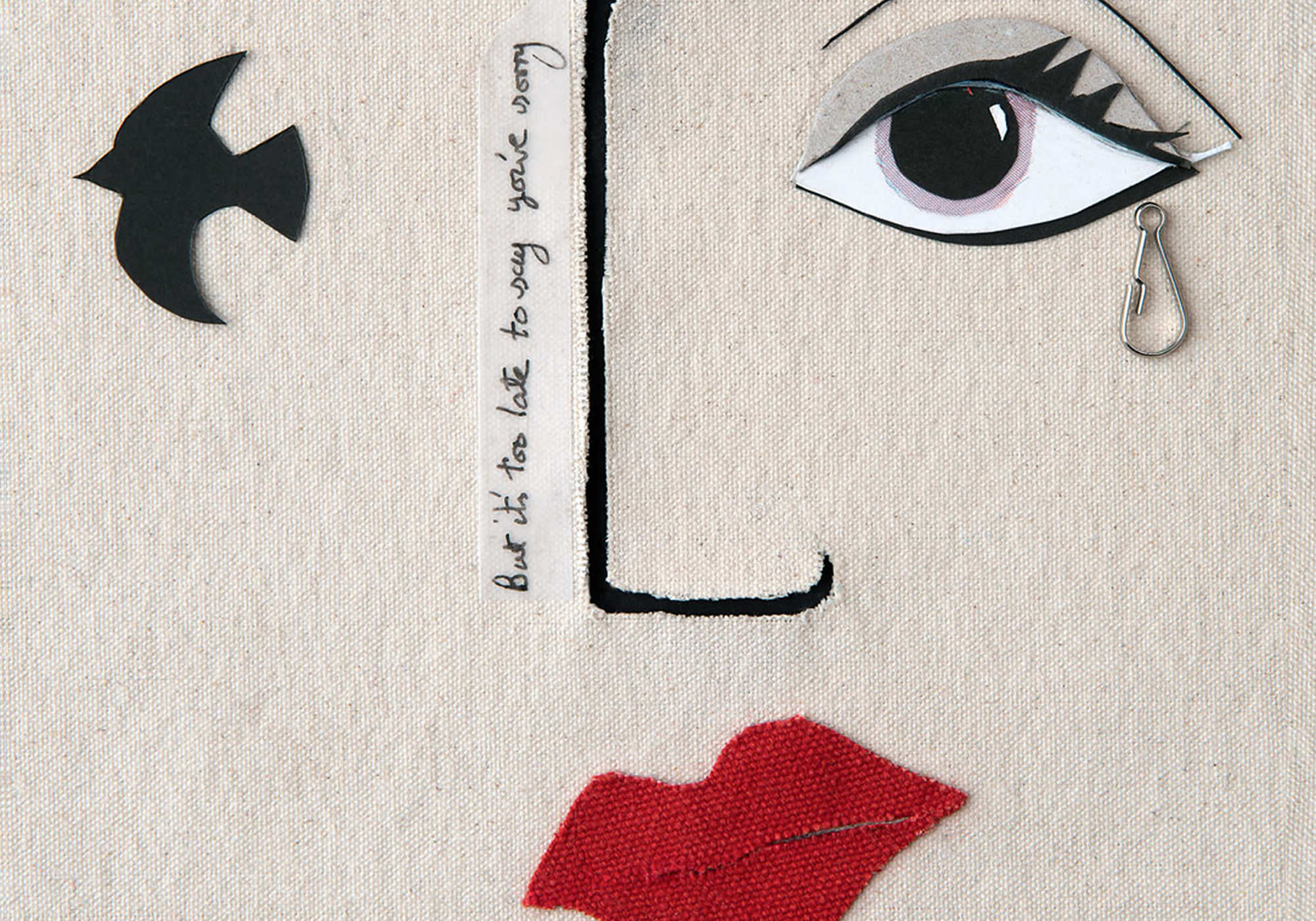We interviewed Phill Brown in issue number 12 of Tape Op. Over the years he's worked with some of the greatest artists ever, like Jimi Hendrix, Joe Cocker, Traffic, Spooky Tooth, Jeff Beck, Led Zeppelin, Robert Palmer, Bob Marley, Steve Winwood, Harry Nilsson, Roxy Music, Stomu Yamash'ta, John Martyn, Little Feat, Atomic Rooster, and Talk Talk. This is an excerpt from his book, Are We Still Rolling?, and we'll be running more chapters from it in upcoming issues.
When I began work at the bottom of the studio hierarchy as a tape operator, in November 1967, I discovered that there was an informal system of apprenticeship in the recording industry (this was still operating by the mid-1990s). I was expected to learn by watching and listening while I made tea and did all the other mundane jobs about the studio. However, I never resented being the "dogsbody." To work in a studio and to train under such engineers as Keith Grant, Glyn Johns and Eddie Kramer was a privilege, and I gained a unique approach and attitude to recording that I carried with me through the next 28 years. Although in those early days everything seemed strange and new, I could have no notion of the crazy sessions that lay ahead, the extraordinary people I would work with, or the wildly varied types of music I would help to create.
On starting at Olympic Studios on the 2nd of November 1967 I spent the first week sitting in on Keith Grant's sessions — I sat with the clients on the couch in front of the console, facing the control room window, and just watched and listened. There was a great deal to take in. Sometimes I would help Kevin Hewitt make tea for the musicians or move isolation screens between sessions. I was now around people who smoked and drank heavily, spoke with sharp aggressive wit and appeared to spend most of their time bent on enjoying themselves. It was a different world, and I found it refreshing and intensely exciting.
During my second week I learned to load and operate the Ampex 4-track tape machine and began to gain a basic understanding of the desk. There was a great deal of information to remember during sessions but almost immediately I learned Keith's number one rule, which was: "Know when to speak — otherwise keep quiet." Within three weeks I had learned about the range of different types of microphones and their positioning, the assortment of leads and power-packs, and how to edit 1/4 inch tape and make tape copies.
During the session, my job was to operate the buttons for "record," "rewind" and "playback" on the 4-track tape machine and to keep a list of takes, marking them either F/S (False Start), B/D (Break Down), C (Complete) or Master. I also replaced any broken headphones and made tea. It was common practice for Keith to record an 80-piece orchestra, in stereo, onto two tracks of the 4-track machine, leaving the other two tracks for vocal overdubs. It was impossible to change the balance of any instrument and any echoes or individual F/X that were required had to be added live to this stereo mix. Despite these limitations the results were often impressive, and remain so, even when compared with recordings made with the advanced 48 and 56-track computerized technology of the 1990s.
I also worked on a great many recordings of advertising jingles, often with musicians such as Jimmy Page, John Paul Jones, Ronnie Verrel, Tony Meehan, (one half of the early '60s duo "Jet Harris and Tony Meehan"), Nicky Hopkins, Big Jim Sullivan and Clem Cattini. Within two years Page and Jones would be in the biggest rock band in the world — Led Zeppelin — but there was no hint of this in late '67. Some of the jingle sessions started as early as 8am and this would entail a 5am departure from my home in Watford. Once set up, I would operate the 4-track machine on commercials which were usually 30, 25, or 7 seconds in length. A 7-second track was particularly difficult to balance and mix, for obvious reasons. There were no desk remote controls in that era and I would be cued by Keith to record, playback or drop-in. I worked with Keith on most of his sessions during November 1967 to January 1968 and, as well as Anita Harris and Dusty Springfield, there were albums with Leonard Cohen and Harry Secombe, jingles for Kelloggs and my old employers the Co-op, and film scores with John Barry. It was the best possible education for microphone technique and speed of working. When...
